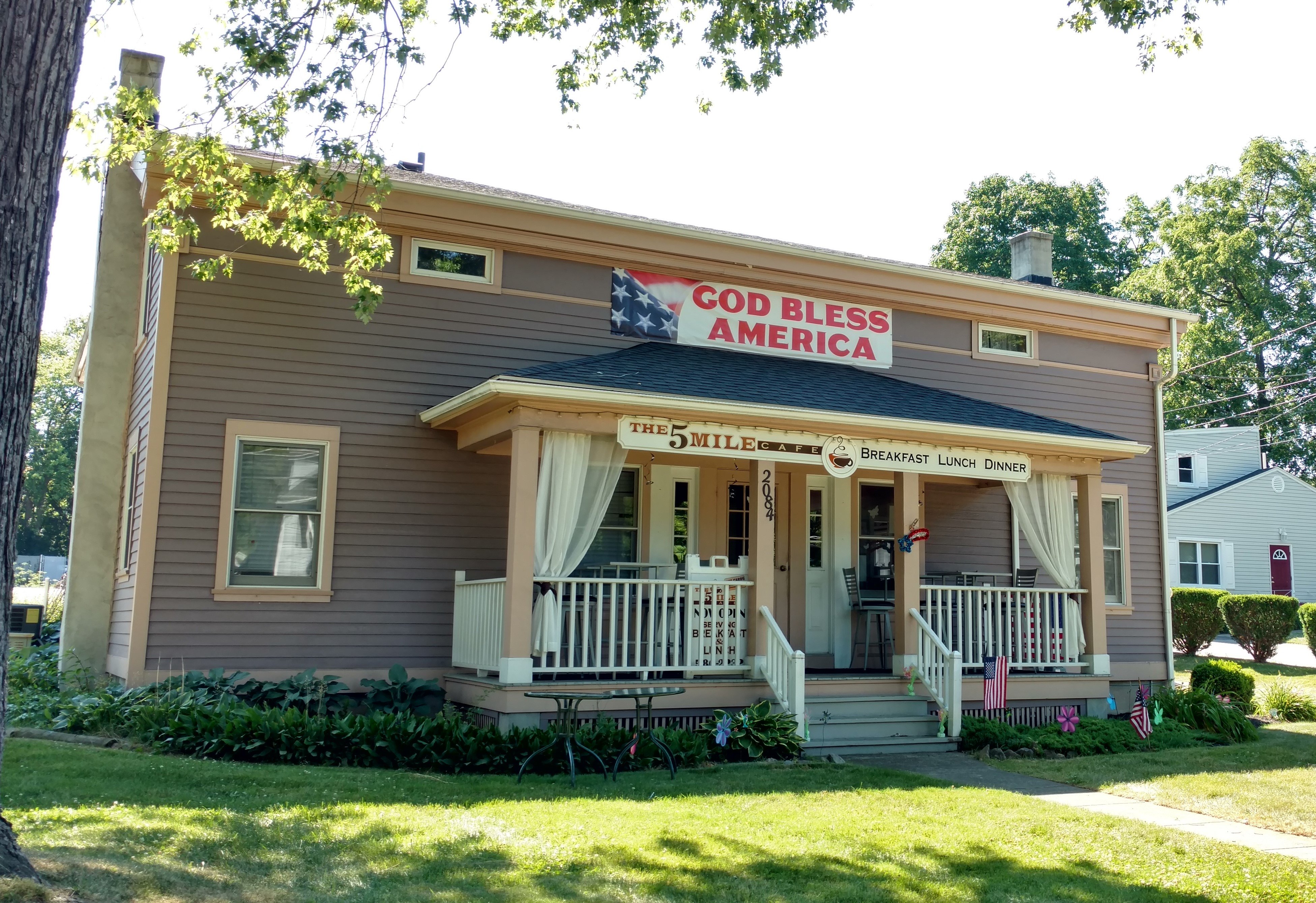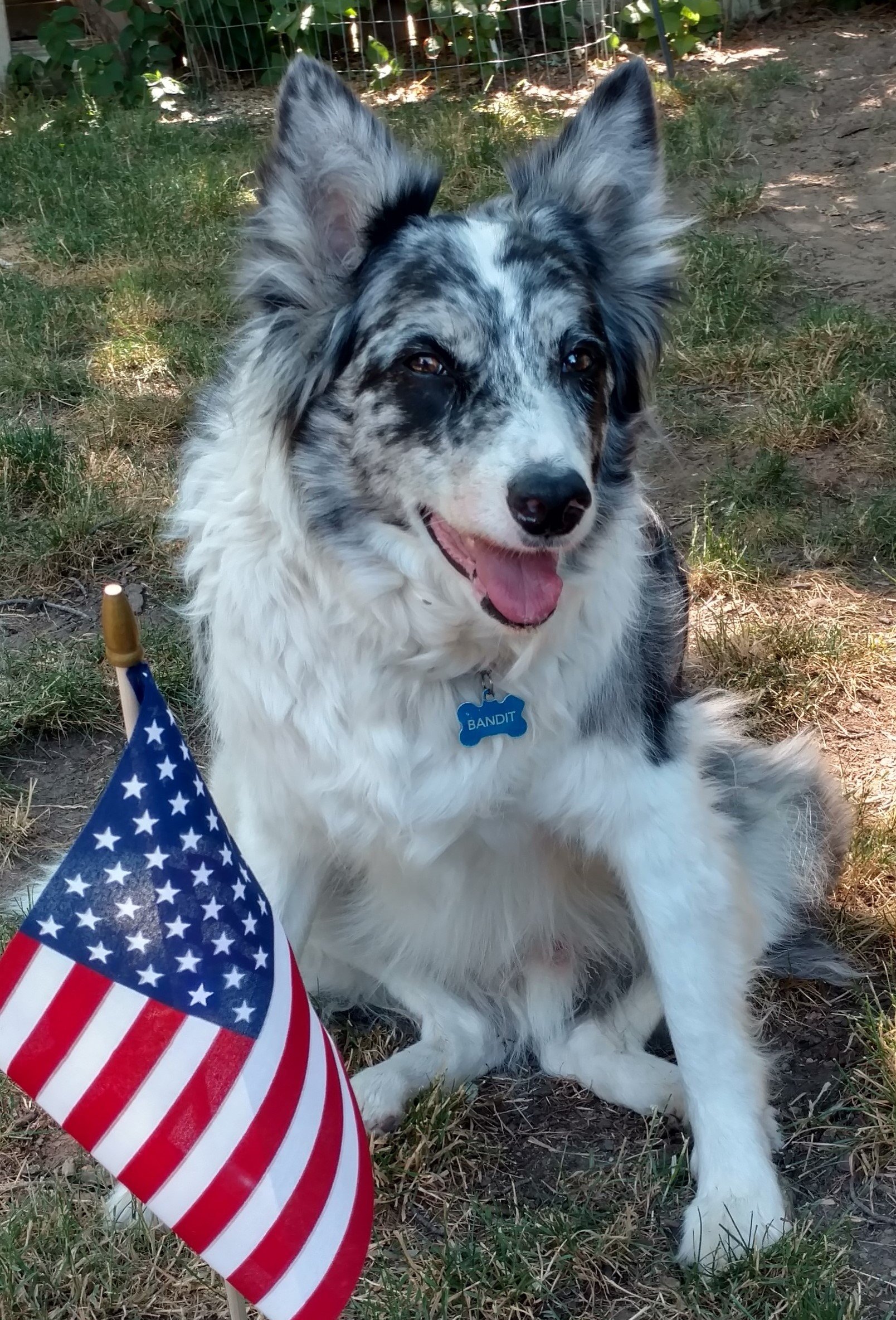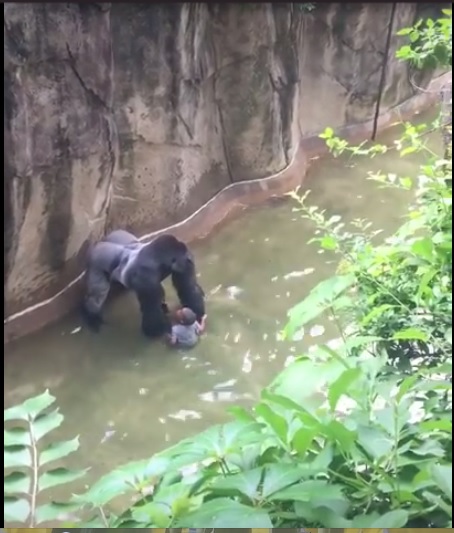One of our local news station in Rochester, NY, 13WHAM news, did a two part story this week on the problem of backyard breeders and the astounding number of pit bulls ending up our local animal shelter. The two-part series was called “Disposable Dogs.”
In the story, reporter Jane Flasch shared information about the growing problem of irresponsible backyard breeding, which resulted with more than 1,000 pit bull puppies (some just days old) and dogs euthanized last year at Rochester Animal Services (RAS), the municipal shelter for the City of Rochester, NY. (The shelter euthanized about 3,000 dogs in 2011.)
I volunteered for a year at this shelter and I can attest to the fact that pit bulls are are problem … wait, not pit bulls, exactly. Pit bull owners and breeders.
And I have one of those “disposable dogs”.
You can read more about Bailey on my personal blog. But the news story brought home to me the reality that had I not brought her home that day, Bailey would have remained a nameless puppy who was euthanized and sent to the landfill.

Jane Flasch is a good reporter but this story was a bit muddled. She incorrectly identified Jenn Fedele of Pitty Love Rescue as a breeder, for example. (Big error!) And the second part where she discussed breed specific legislation was bit muddled (Jenn is not in favor of BSL). But what was more interesting (and distressing) to me was the discussion about the story this morning on our local talk radio station.
As you may remember, a few weeks ago I wrote about a dog breeder who had been giving approval for a special use permit to build a commerical breeding facility in Gorham, NY. The issue movitvated thousands of people across the country to speak up; the town board listened and next month will hold a meeting to hopefully approve a year-long moratorium to investigate the issue of commercial breeding facilities further. In addition, the special permit approval was reversed, and the application sent to the county planning board. For now, the puppy mill is on hold.
One of our local (and vocal) radio talk show hosts was very open at the time about his support of the couple who had planned to open the large scale commercial breeding facility in Gorham, alleging that opponents were trying to close the business that put food on their family’s table, and that the couple had a right to breed dogs like livestock. He claimed that breeding dogs in a commericial facility like the one proposed – up to 500 dogs producing thousands of puppies – was not inhumane. (Even though the inspection reports for the breeder’s current facility show a pattern of neglect.)
Today, though, that same radio host was on the other side of the issue, calling for action to stop breeders who produce thousands of pit bulls that end up in landfills. Apparently the images on his TV screen of dead puppies in plastic garbage bags makes the issue a bit more clear for him.
The thing is, the problems created by puppy mill and the problems created by backyard breeders are very much the same – just on a different scale.
They both breed in response to customer demand. If the public wants Pomeranians, puppy mills crank out those dogs. When the demand surges for Labs, the Poms are discarded in order to increase Labrador production. If criminals and dog fighters want pit bulls, backyard breeders amp up production, too. Breeders don’t breed for their own amusement; they breed because it makes them money.
Their unwanted stock ends up at the shelter or the landfill. Puppies from puppy mills often have health and behavior problems. And when the problems arise, the dogs end up at the shelter. Believe it or not, it’s not unsual to find purebred dogs with papers at the shelter. And the breeding mothers are discarded when they’re fertility wanes, either in the shelter or in the landfill on the breeder’s property. The same goes with pit bulls (minus the papers). When a backyard pit bull breeder has puppies he doesn’t want, they haul a plastic bin to the shelter, as if the shelter is the overstock store for animals. (I once had a woman bring in a box of kittens that she wanted to “donate” to the shelter so we could sell them and make money. She honestly thought breeding kittens and bringing them to us was helpful.) Or in many cases, the dogs are simply put to the curb with the trash.
Puppy mill and backyard breeders offer the same lack of quality care for their product. The radio host I mentioned earlier talked today about how pit bull breeders purposely raise the pups in order to create aggressive dogs used for fighting. That’s true; they’re taken from their mothers too young, not given proper medical care, and given the bare minimum needed to meet their basic needs. No cuddling or snuggling or socializing for these pups. And bad genetics add to behavior problems, too. Bailey, for example, was diagnosed at four months old with hip dysplasia; the pain makes her cranky sometimes. But the same is true for puppy mill puppies, although the radio host argued that there weren’t problems with commercially bred puppies. But you can’t mass produce a product, use inferior ingredients (these breeders aren’t feeding quality food, for example, not when you’re literally producing thousands of puppies and need to keep costs down to experience a profit) and then expect a superior product. Puppies from puppy mills have bad genetics, health problems and behavior issues associated with improper or lack of socialization.
That’s not to say all backyard breeders are bad. (I got my darling Bandit from a small breeder, and my dog wonderful dog Scout came from a family who bred their Border collies and sold the puppies.) Whether we need breeders at all is a discussion for another day. I’m not in favor of a total ban on breeding, although I understand why rescue groups advocate adoption over breeding. And I’m most definitely not in favor of breed specific legislation. Banning the breed ignores the real problem: bad owners, bad breeders and dogs with bad behavior. And it causes a lot of problems for the responsible dog owners who are often forced to move to give up their dogs when BSL is enacted in their community.
It was definitely disturbing to see the images of the euthanized puppies at the animal shelter in plastic bags headed for the landfill. But a few people I talked to at the shelter and at local rescues felt that it was good for people to actually see what happened to the dogs.
Of course, the people who needed to hear the message really don’t care how horrible the photos are. I wish I had a dollar for every dog who owner came to redeem their dog that had been picked up running loose (yes, usually a pit bull), and when they were told the dog had to be neutered before they could bring it home or that there were fines to be paid, replied, “That’s OK, you keep it. I’ll get another.”
To some people, these really are disposable dogs.
RELATED POSTS:
- Large “wholesale” dog breeding facility (puppy mill) approved for Gorham, NY
- Are pet adoption rules too restrictive? And is a pet store your only other option?
- The Humane Society of the United States forms new dog Breeders Advisory and Resource Council
- What you can do about animal cruelty in your community (whether you live in Gorham or not)
- Posts about Breed Specific Legislation












